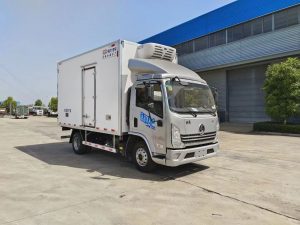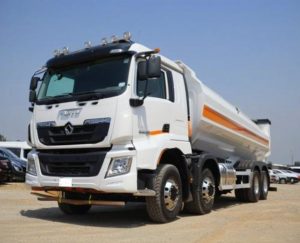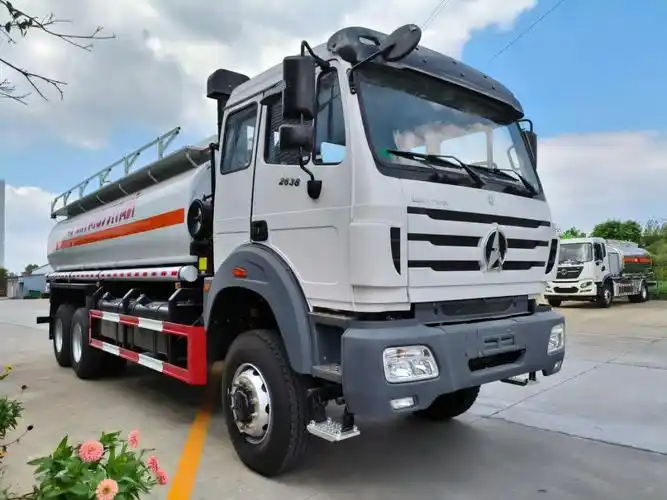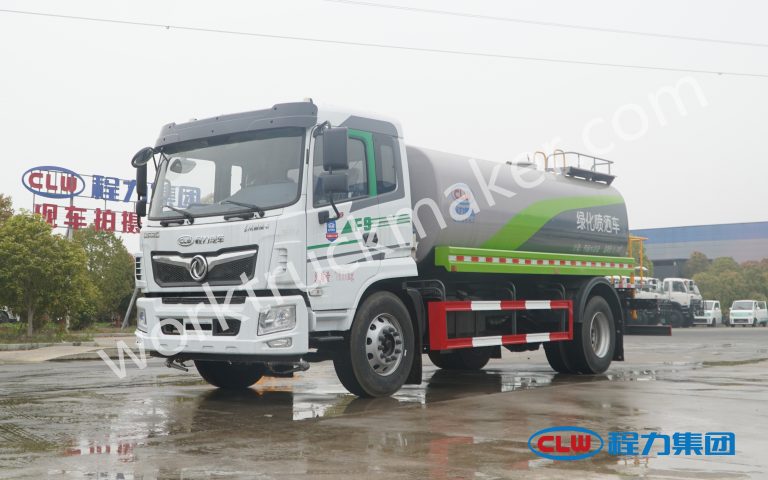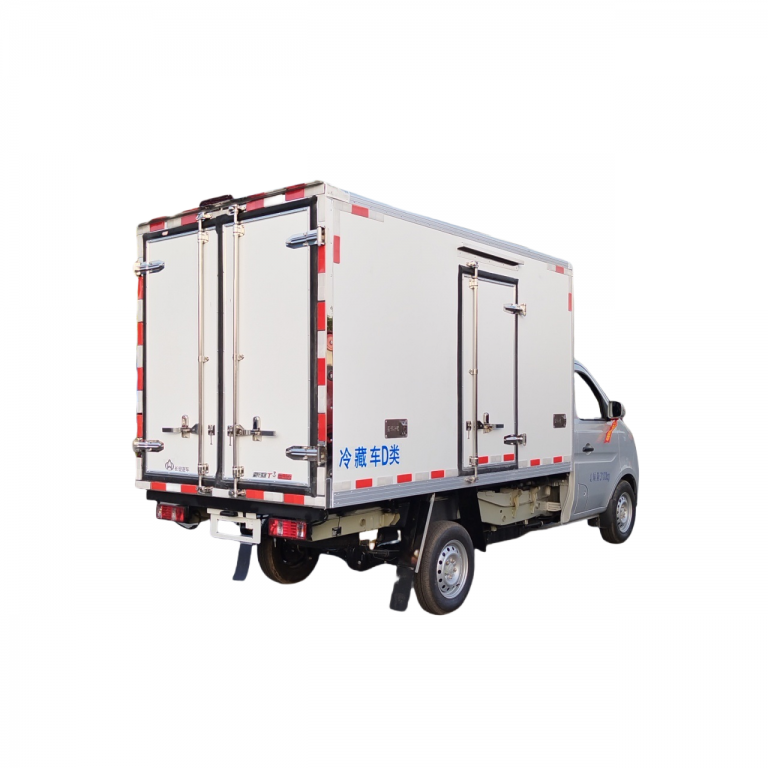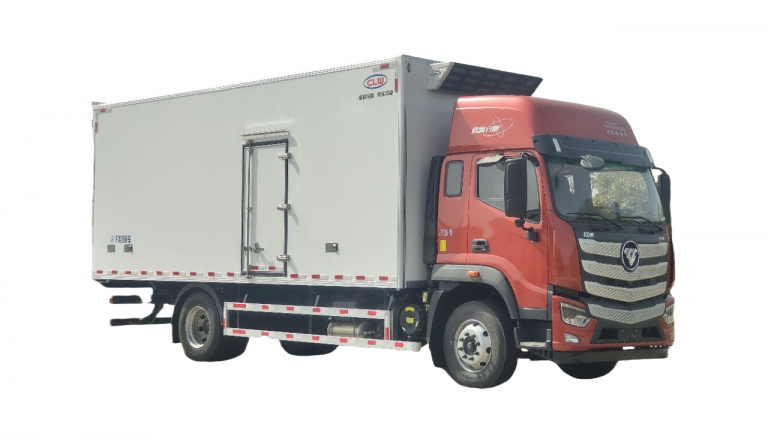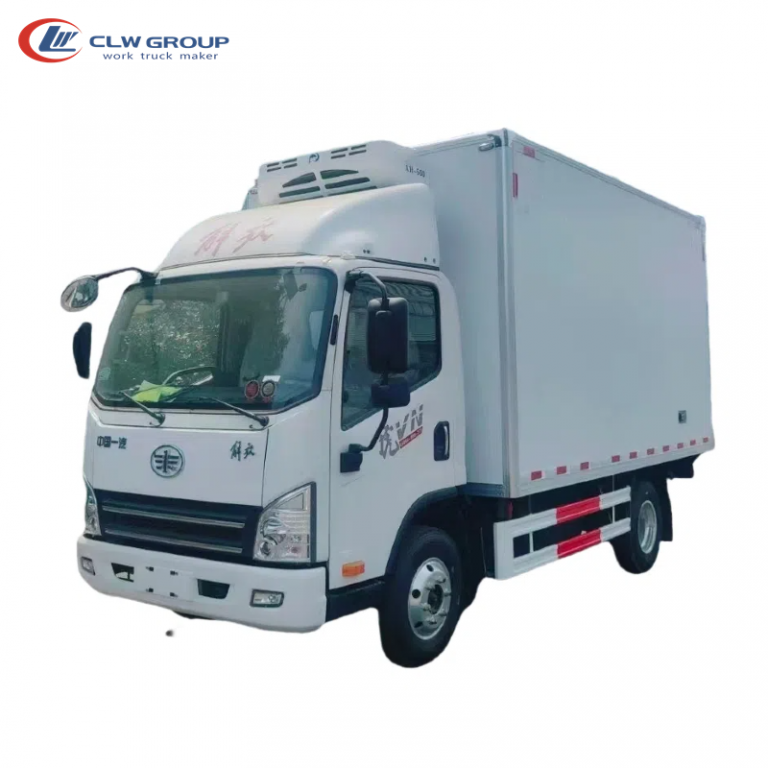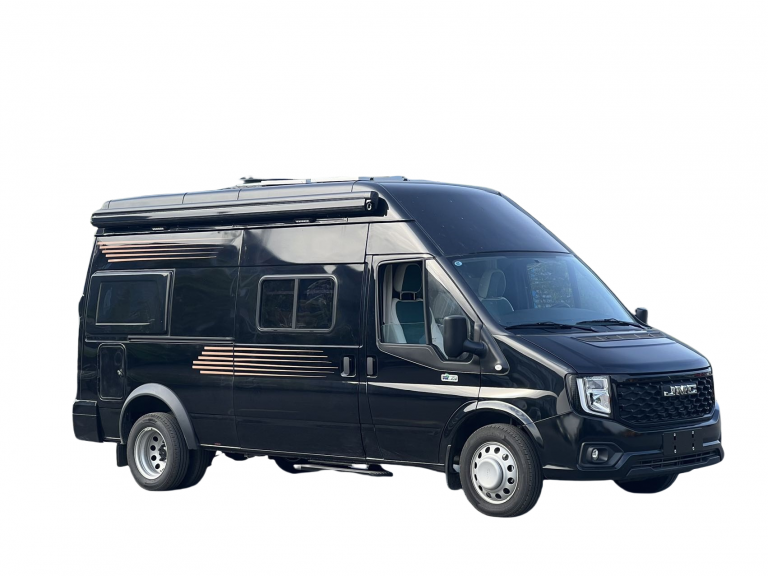Table of Contents
Toggle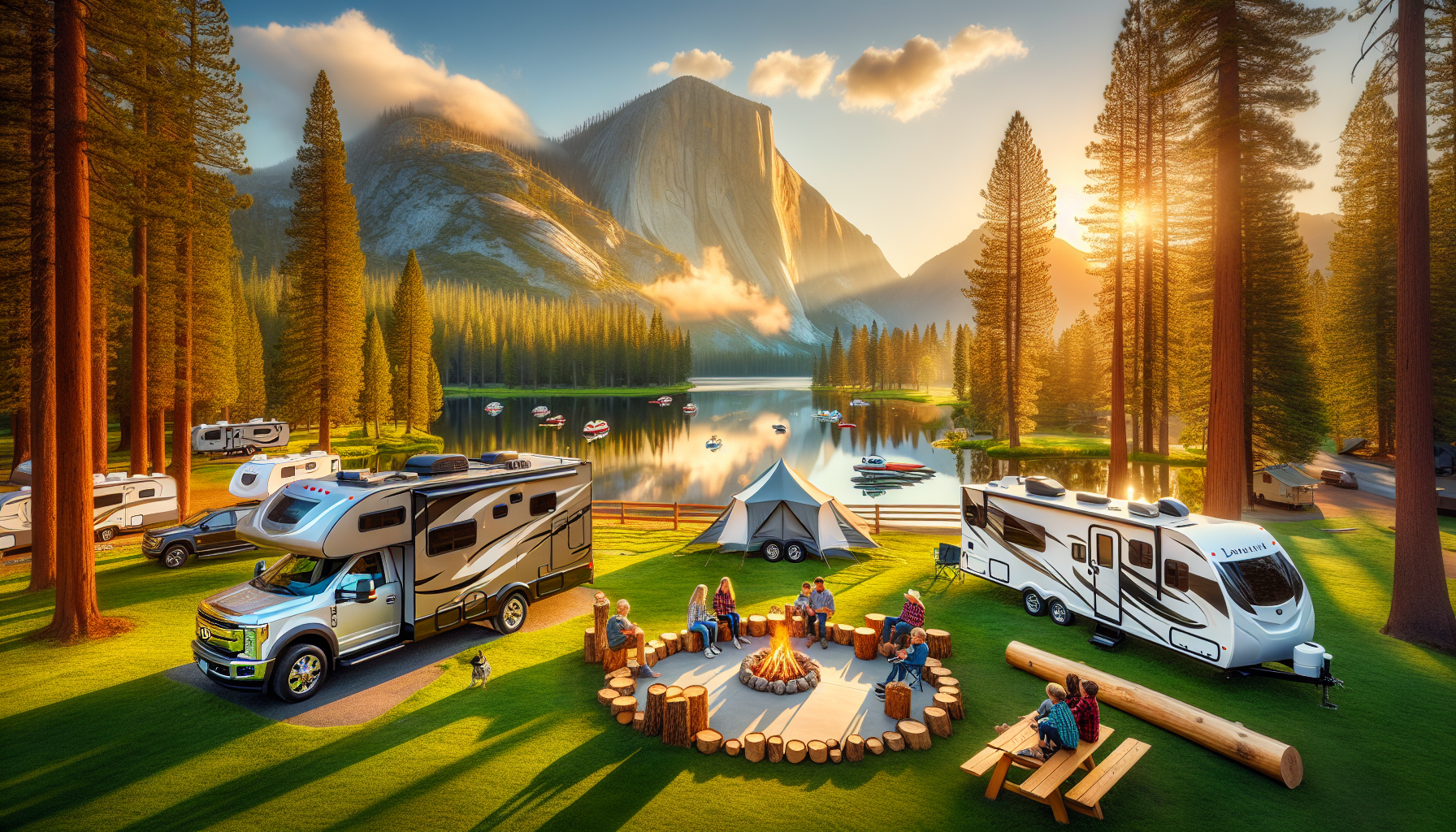
The world of recreational vehicles offers a unique blend of adventure and comfort for travelers seeking to explore the open road. RVs have become increasingly popular, providing a mobile home away from home for enthusiasts and families alike. With a wide range of options available, from compact trailers to luxurious motorhomes, finding the right RV can be an exciting journey in itself.
When searching for RVs for sale, buyers encounter a diverse market filled with new and used options. This article aims to guide readers through the process of discovering the best RVs to suit their needs and preferences. It covers essential topics such as understanding different RV classes, key factors to think about when choosing a vehicle, and the latest features found in modern RVs. Additionally, it explores popular manufacturers and models, current trends in new RVs, tips for finding quality used options, and walks through the steps from research to purchase.
Understanding RV Classes and Types
Recreational vehicles (RVs) come in various classes and types, each offering unique features and benefits to suit different travel styles and preferences. Understanding these distinctions is crucial for potential buyers to make informed decisions when exploring RVs for sale.
Class A, B, and C Motorhomes
Class A motorhomes are the largest and most luxurious of the motorized RVs. Built on heavy-duty frames similar to those used in commercial trucks or busses, these vehicles offer spacious living areas and numerous amenities. They typically include at least two slide-outs to expand the living space and can sleep 4-6 people comfortably. Class A motorhomes are known for their high-end features and ample storage capacity. However, they tend to have lower fuel efficiency, averaging 8-10 miles per gallon, and can be challenging to maneuver in tight spaces.
Class B motorhomes, often referred to as camper vans or van conversions, are the smallest and most compact of the motorhome classes. These vehicles are built on a van chassis but are tall enough for average-height passengers to stand upright inside. Despite their smaller size, Class B motorhomes efficiently utilize space to include a kitchen, living area, and a compact bathroom. They offer the best fuel economy and maneuverability among motorhomes, making them ideal for those who prioritize ease of driving and parking.
Class C motorhomes strike a balance between the spaciousness of Class A and the maneuverability of Class B. They are easily recognizable by their over-cab sleeping area, which provides additional space for sleeping or storage. Class C motorhomes can typically accommodate 4-8 people and often include amenities such as a separate bedroom, larger bathroom, and more living space compared to Class B models. They offer better fuel efficiency than Class A motorhomes but may still present challenges when parking in urban areas.
Travel Trailers and Fifth Wheels
Travel trailers and fifth wheels are towable RVs that offer distinct advantages for different types of travelers. Travel trailers are towed behind a vehicle using a standard hitch, while fifth wheels require a specialized hitch mounted in the bed of a pickup truck.
Travel trailers are generally more affordable and easier to resell due to their popularity and lower price point. They offer a wide range of sizes and floor plans, making them suitable for various needs and budgets. The simpler hitching system of travel trailers makes them accessible to a broader market, including owners of America’s best-selling vehicle, the Ford F-150.
Fifth wheels, on the other hand, are typically larger and offer more living space and storage capacity. The gooseneck hitch design provides enhanced stability during towing, resulting in a smoother and more controlled experience. Fifth wheels often feature bi-level designs with taller ceilings, creating a more spacious feel. They are particularly well-suited for full-time RVers or those planning extended trips.
Pop-up Campers and Truck Campers
Pop-up campers, also known as tent trailers, are compact, towable units that expand to reveal a spacious camping setup. When collapsed, they are easy to tow and store. Pop-up campers typically offer more living space than truck campers when fully expanded, including sleeping areas, dinette sets, and sometimes small kitchen areas. They are ideal for campers who value space and comfort but don’t mind some additional setup time.
Truck campers are compact living spaces that mount directly onto the bed of a pickup truck. They offer exceptional versatility and mobility, allowing access to off-road terrains and secluded spots that might be challenging for larger RVs. Truck campers usually include basic amenities such as a bed, kitchenette, and sometimes a bathroom, all efficiently arranged within a limited space. They are perfect for adventurers who prioritize mobility and simplicity over extensive living space.
Factors to Consider When Choosing an RV
When selecting an RV, several crucial factors come into play. These considerations help ensure that the chosen recreational vehicle aligns with the buyer’s needs, preferences, and financial capabilities.
Budget and Financing Options
The cost of an RV is a primary concern for most buyers. RV prices can vary significantly, making it essential to establish a realistic budget before beginning the search. Buyers should consider not only the initial purchase price but also ongoing expenses such as maintenance, fuel, and campground fees.
For those unable to pay cash, financing options are available. RV loans are typically installment loans, offering repayment terms ranging from one to 20 years. Banks, credit unions, and online lenders provide these loans, with interest rates varying based on factors such as credit score and loan type.
Secured RV loans use the vehicle as collateral and often offer lower interest rates. These loans may be easier to obtain for those with lower credit scores but come with the risk of repossession if payments are not made. Unsecured loans, while potentially having higher rates, do not put the RV at risk of repossession.
When considering financing, buyers should aim for a down payment of at least 10% to 20%. A larger down payment can lead to more competitive rates and lower overall costs over the life of the loan.
Intended Use and Travel Style
The intended use of the RV plays a crucial role in determining the most suitable type. Buyers should consider factors such as frequency of use, preferred destinations, and travel companions.
For weekend warriors who plan short trips to local campgrounds or state parks, a smaller, more maneuverable RV might be ideal. These travelers value the ability to explore while maintaining connections to a home base.
Seasonal travelers, or “snowbirds,” who follow favorable weather patterns might prefer larger RVs with more amenities. These RVs provide comfort for extended stays in various locations throughout the year.
Full-time RVers require vehicles equipped for year-round living, with ample storage and all necessary amenities. These travelers prioritize flexibility and the ability to explore diverse locations for extended periods.
Boondockers, who prefer off-grid adventures, might opt for RVs with robust power systems and larger water tanks. These RVs should be capable of self-sufficiency in remote locations.
Towing Capacity and Driving Comfort
For those considering towable RVs like travel trailers or fifth wheels, understanding towing capacity is crucial. Towing capacity refers to the maximum weight a vehicle can safely pull, which varies based on the vehicle’s configuration and load distribution.
To determine the appropriate towing capacity, buyers should consider the Gross Combined Weight Rating (GCWR) of their tow vehicle and the weight of the fully loaded RV. It’s recommended to choose a tow vehicle with a capacity exceeding the RV’s weight by at least 10% for safety reasons.
Driving comfort is another important factor, especially for those planning long trips. Larger RVs can be more challenging to maneuver and park, particularly in urban areas or campgrounds with limited space. Buyers should consider their driving experience and comfort level when choosing between larger motorhomes and more compact options.
For those new to RVing, starting with a smaller, more manageable RV can help build confidence before upgrading to a larger model. Additionally, considering features like backup cameras and advanced stabilization systems can enhance driving comfort and safety.
Top Features of Modern RVs
Modern RVs have evolved significantly, offering a blend of comfort, technology, and sustainability. These vehicles now come equipped with features that rival those found in traditional homes, making life on the road more convenient and enjoyable than ever before.
Smart Technology Integration
RV manufacturers have embraced smart home technology, integrating it seamlessly into their latest models. Wi-Fi and Bluetooth capabilities allow travelers to control various RV functions through smartphones, tablets, or onboard touchscreens. This includes adjusting lights, extending awnings, deploying level jacks, and monitoring tire pressure.
Many RV builders are installing comprehensive smart systems in their vehicles. For example, Jayco’s JAYCOMMAND enables users to control and monitor RV functions with a smartphone. These smart RV systems provide real-time alerts on system status and health, facilitating timely adjustments and proactive maintenance.
The integration of RV-C, a communication standard developed specifically for the RV industry, ensures that various electronic devices within an RV can communicate seamlessly. This enhances system interoperability and enables sophisticated monitoring and diagnostic capabilities.
Eco-Friendly and Sustainable Options
Sustainability has become a top priority in the RV industry, with manufacturers incorporating eco-friendly features into their designs. Many modern RVs now come with energy-saving features and top green certifications.
Solar panels and efficient power systems are increasingly common in new RV models. These systems allow for continuous monitoring of energy production and consumption, ensuring optimal operation and improving overall energy efficiency. Some RVs, like the Living Vehicle, even produce enough solar energy to power an entire mobile office.
Water conservation is another focus area. Many RVs now feature low-flow water fixtures and rainwater collection systems. For instance, the Forest River Work and Play boasts an automatic rain drainage system that collects clean water for use.
Luxury Amenities
Modern RVs offer a range of luxury amenities that enhance the comfort and convenience of life on the road. These features often rival those found in high-end homes.
Residential-style kitchens have become standard in many RV models. These often include multi-burner stoves, convection ovens, microwaves, and full-size refrigerators. Some RVs even feature outdoor kitchens with grills, sinks, and smart TVs.
Entertainment systems have also seen significant upgrades. Many RVs now come equipped with smart TVs, sound bars, and Bluetooth audio systems. Some models even offer external entertainment systems, perfect for movie nights or watching sports events outdoors.
Comfort features like heated floors, fireplaces, and plush furniture have become increasingly common. These amenities make RVs feel more like a home away from home. Some luxury models even include built-in decks or fold-out patios, further extending the living space.
In conclusion, modern RVs have transformed into sophisticated, comfortable, and eco-friendly mobile living spaces. With smart technology integration, sustainable features, and luxury amenities, these vehicles offer an unparalleled travel experience for those seeking adventure on the open road.
Popular RV Manufacturers and Models
The RV industry boasts a wide array of manufacturers and models, each offering unique features and designs to cater to diverse consumer needs. With over 800 different RV brands built by more than 280 manufacturers registered in the United States in the past year, the market offers an extensive range of options for RV enthusiasts.
Best-Selling Brands
Among the top-selling RV manufacturers, Forest River Inc. stands out as a leader in the industry. Founded in 1996 by Peter Liegl, Forest River has grown to become one of the largest RV manufacturers in North America. The company produces a wide range of recreational vehicles, including Class A and C motorhomes, travel trailers, fifth wheels, toy haulers, camping trailers, and destination trailers.
Keystone RV, founded in the same year as Forest River, has also made a significant impact on the RV market. Now a part of THOR Industries, Keystone RV has become the #1 manufacturer of towable RVs in North America. The company’s success is attributed to its focus on quality, features, and exceptional value for owners.
Grand Design RV, a relatively newer player in the market, has quickly risen to prominence since its founding in 2012. Now owned by Winnebago, Grand Design has gained a reputation for quality products and a strong focus on customer experience before, during, and after the sale.
Jayco Inc., founded in 1968 and now a part of THOR Industries, has a long-standing history of innovation in the RV industry. The company is known for its diverse range of motorhomes, travel trailers, toy haulers, and fifth wheels.
Award-Winning RV Models
While specific award-winning models are not mentioned in the provided information, several manufacturers have gained recognition for their quality and innovation. American Coach, for instance, stands out for its reputation in building quality diesel-powered motor coaches. Entegra Coach has earned praise for its superior craftsmanship, innovative floor plans, and residential amenities.
Newmar has been recognized for its innovations, such as being the first to install slide-outs in Class A motorhomes and revolutionizing motorhome driving with their Comfort Drive™ steering system. Tiffin Motorhomes has garnered a loyal following due to its exceptional customer service and family-first attitude.
Innovative Designs
Innovation plays a crucial role in the RV industry, with manufacturers constantly striving to improve their designs and features. Airstream, known for its iconic aluminum trailers, has also made a mark with its touring coaches, blending top-notch engineering with extraordinary designs.
Grech RV, though new to the Class B market, has quickly established itself as a respected motorhome manufacturer, focusing on dedicated customer service and warranty support. Roadtrek has built a reputation for safety, quality, and style in the Class B motorhome segment since 1990.
Winnebago, a name synonymous with quality and innovation since the 1950s, continues to lead in Class B and C motorhomes. Their models are praised for their compact size, convenience, and fuel efficiency while offering many amenities found in larger RVs.
In the travel trailer segment, companies like nuCamp RV and Oliver Travel Trailers have gained popularity for their modern designs and superior craftsmanship. Outdoors RV has carved a niche in designing RVs for rugged terrain and outdoor adventures, while Alliance RV focuses on building full-time RVs based on customer feedback and needs.
As the RV industry continues to evolve, manufacturers are increasingly focusing on sustainability, smart technology integration, and luxury amenities to meet the changing demands of RV enthusiasts.
New RVs: Latest Trends and Innovations
The RV industry continues to evolve, offering innovative solutions to meet the changing needs of modern travelers. From cutting-edge technologies to space-saving designs and improved fuel efficiency, manufacturers are pushing the boundaries of what’s possible in mobile living.
Cutting-Edge Technologies
RV manufacturers are embracing smart home technology, integrating it seamlessly into their latest models. Wi-Fi and Bluetooth capabilities allow travelers to control various RV functions through smartphones, tablets, or onboard touchscreens. These smart systems enable users to adjust lights, extend awnings, deploy level jacks, and monitor tire pressure with ease.
Many RV builders are installing comprehensive smart systems in their vehicles. For example, Jayco’s JAYCOMMAND enables users to control and monitor RV functions with a smartphone. These systems provide real-time alerts on system status and health, facilitating timely adjustments and proactive maintenance.
The integration of RV-C, a communication standard developed specifically for the RV industry, ensures that various electronic devices within an RV can communicate seamlessly. This enhances system interoperability and enables sophisticated monitoring and diagnostic capabilities.
Space-Saving Designs
Manufacturers are constantly innovating to maximize living space within RVs. Keystone RV, one of the biggest manufacturers of towables, has introduced a clever solution for e-bike enthusiasts. Their new floor plan (3623EB) of the popular Montana model features a slide-out bike garage with room for two e-bikes, a fold-down rack system, and an outlet to keep the bikes charged.
Another example of innovative design is the Westfalia Wave, built on a Ram ProMaster chassis. This model evokes the sensibilities of its ancestors while incorporating modern tech like a Truma Combi furnace/water heater and 600-amp-hour house batteries.
Fuel Efficiency Improvements
As fuel costs continue to be a concern for RV owners, manufacturers are focusing on improving fuel efficiency. Several strategies are being employed to achieve this goal:
- Aerodynamic designs: Companies like Airstream are redesigning RV shapes to decrease drag and reduce the drain on the tow vehicle battery. This approach can increase range and improve overall fuel efficiency.
- Tire upgrades: Manufacturers are exploring tire technologies that can increase range and improve fuel economy.
- Efficient appliances: RVs are being outfitted with more efficient appliances that use less energy stored in the battery, contributing to overall energy efficiency.
- Solar power integration: Many new RVs come equipped with rooftop solar panel arrays coupled with high-efficiency onboard batteries. This combination can extend the camping experience indefinitely and eliminate the need for a generator.
- Electric and hybrid options: Some manufacturers, like Winnebago, are pioneering electric and hybrid RV concepts. These include all-electric Class A concepts and even Sikorsky-based flying RVs, pushing the boundaries of what’s possible in RV design.
- Regenerative braking: While not yet widely implemented, there’s interest in incorporating regenerative braking systems in RVs. This technology, common in electric vehicles, could help charge onboard batteries as the vehicle slows down.
- Vehicle-to-grid (V2G) capabilities: Some manufacturers are exploring V2G technology, which could allow for a more symbiotic relationship between the camper and the vehicle, where one can power the other.
As the RV industry continues to evolve, these innovations in technology, design, and efficiency are shaping the future of mobile living. From smart systems that enhance convenience to space-saving designs that maximize livability, and fuel efficiency improvements that reduce environmental impact, the latest trends in new RVs are creating exciting possibilities for travelers seeking adventure on the open road.
Used RVs: Finding Hidden Gems
Evaluating Condition and Value
When searching for a used RV, evaluating its condition and value is crucial. One effective method is to use the J.D. Power guide as a baseline for price negotiations. This resource provides average wholesale values for specific RV models, which can be invaluable during the bargaining process. However, it’s important to note that J.D. Power values may have some inconsistencies, such as older models being valued higher than newer ones of the same brand and model.
To get a more accurate picture of an RV’s value, it’s advisable to look at comparable listings. However, keep in mind that listing prices can vary significantly, even for the same year and model combinations. This variation can range from $130,000 to $210,000 for similar-looking RVs. To determine a fair price range, compile listings for the same model across different years, calculate the mean asking price, and reduce the range by 40 percent centered on the mean.
Negotiating Prices
When negotiating the price of a used RV, it’s essential to start from a well-informed position. Begin by getting a price quote from RV wholesalers, such as rvwholesalers.com or rvdirect.com. These quotes can serve as leverage when dealing with RV dealers. As a general rule of thumb, consider starting your offer at around 55% of the Manufacturer’s Suggested Retail Price (MSRP), and be prepared to increase it by up to 5% more.
It’s important to remember that every RV’s price is negotiable. When bargaining, work up from the wholesale price rather than down from the seller’s asking price. This approach can lead to more favorable outcomes. Additionally, be aware that dealers may be willing to negotiate up to 25% off their list price, so there’s often room for significant savings.
Common Issues to Watch For
When inspecting a used RV, there are several common issues to be aware of. One of the most critical areas to examine is the roof. A clean, damage-free roof in good condition is a positive sign of a well-maintained RV. Look for cracks or worn-out parts, especially at the edges or where pieces join together, as these can indicate potential leaks.
Tire condition is another crucial factor. Check for signs of tire rot, such as tiny cracks in the rubber, particularly on the sides or between tread patterns. This is especially important if the RV hasn’t been used much or has been stationary for an extended period.
Inside the RV, pay close attention to the walls, floors, and appliances. Look for any bulges, cracks, or unusual bubbles on the walls, which could indicate damage. Examine the floors for soft spots or warping, as these can be signs of water damage or structural issues. Test all built-in appliances to ensure they’re functioning properly, as repairs or replacements can be costly.
Lastly, don’t forget to check the electrical system, HVAC, and plumbing. A simple test of lights and outlets can give you an idea of the electrical system’s condition. Run the air conditioner and furnace to verify their operation. Have the seller demonstrate how water runs through the system, including flushing the toilet and running the shower and sink faucets.
By thoroughly evaluating these aspects, negotiating effectively, and being aware of common issues, you can increase your chances of finding a hidden gem in the used RV market.
RV Buying Process: From Research to Purchase
The journey to find the perfect RV begins with thorough research and ends with a carefully considered purchase. This process involves utilizing online tools, visiting dealerships, and making informed decisions based on various factors.
Online Research Tools
Several online resources can assist potential RV buyers in their search. Roadtrippers, a user-friendly platform, helps plan trips, locate attractions, and find camping spots. Its Plus version integrates with other helpful RV websites like Campendium and OvernightRVParking.com. RV Life offers a comprehensive suite of tools, including RV Life Campgrounds, a crowd-sourced review site, and RV Trip Wizard Planner for Pro users.
For those concerned about costs, Trip Calculator by Thor Industries provides estimates for road trip expenses. It compares RV travel costs to other transportation methods using national price averages. This tool allows users to adjust variables like food and accommodation costs to see potential savings.
The Mobile Internet Resource Center addresses a crucial concern for many RV travelers: reliable internet connectivity. This unbiased website offers guides on accessing Wi-Fi in RV parks and selecting suitable cell phone plans for travelers.
Dealership Visits and Comparisons
After online research, visiting dealerships becomes an essential step. Unlike car dealerships, RV dealerships may be spread out, requiring potential buyers to travel further for in-person viewings. Local dealerships offer convenience for both shopping and future maintenance, while non-local options expand brand choices and may increase bargaining power.
RV shows present another opportunity to explore multiple brands and floor plans in one location. These events often have a festive atmosphere and may offer competitive pricing due to the heightened competition among dealers.
When visiting dealerships or shows, buyers should compare different models side by side. Key factors to consider include:
- Cost
- Comfort levels
- Occupancy accommodations
- Towing requirements
- Amenities
Finalizing the Deal
Once a suitable RV has been identified, the next steps involve financing, insurance, and the crucial walk-through process.
Financing an RV often involves higher interest rates than car loans, as RVs are considered luxury items. Buyers may need to shop around for the best rates, checking with credit unions, banks, and online lenders. RV loans can have terms ranging from 120 to 240 months, depending on the type and price of the vehicle.
Insurance is highly recommended to protect the RV investment. Buyers may opt for specialized RV coverage that goes beyond standard auto insurance.
The walk-through is a critical step before finalizing the purchase. This process involves a point-by-point inspection and learning how to operate the RV. Key aspects of the walk-through include:
- Testing all systems (plumbing, electrical, appliances)
- Checking for signs of water damage
- Inspecting the roof and corners for damage or soft spots
- Verifying the functionality of slide-outs and other moving parts
Buyers should video record the walk-through for future reference and ensure all identified issues are addressed before signing final paperwork. Remember, in most states, the deal becomes irreversible once the RV is driven off the lot.
Conclusion
The world of RVs offers a diverse range of options to suit various travel styles and preferences. From compact pop-up campers to luxurious Class A motorhomes, there’s something for everyone in this exciting market. The evolution of RV technology has brought about smart features, eco-friendly designs, and comfort-enhancing amenities, making life on the road more enjoyable than ever before.
For those in the market for an RV, thorough research and careful consideration are key to finding the perfect mobile home. By leveraging online tools, visiting dealerships, and understanding the ins and outs of both new and used RVs, buyers can make informed decisions. Remember, the journey to RV ownership is not just about the destination, but also about the exciting process of discovery along the way.

